You probably guessed this one was coming. It’s hard not to compare two titles that come from franchises that share a lot of similarities on the gameplay front, and have brought us brilliant takes on a location that the gaming world seemingly can’t get enough of. We’re talking, of course, about ancient Japan, and Assassin’s Creed Shadows and Ghost of Yotei, both of which have been absolute treats to experience.
The comparisons were inevitable considering how the two titles intersect in many ways. We’re not going to dive into the obvious narrative beats centered around a protagonist hell-bent on bringing down the ones who took the lives of their loved ones. But Ghost of Yotei has many other things in common with Assassin’s Creed’s take on ancient Japan. But does it manage to one up its rival? Has Sucker Punch done enough to differentiate itself from Assassin’s Creed this time around considering how Jin Sakai felt like an Assassin in all but name?
It’s time to find out!
Japan Like Never Before
The first main intersection between these two titles is their setting. Ancient Japan seems to be quite an attractive destination for modern video games in recent times.
But as far as Assassin’s Creed Shadows is concerned, it was a place that fans of the franchise had been desperate to visit. Assassin’s Creed Shadows’s choice to frame its story against the backdrop of the Sengoku period’s strife made perfect sense, allowing it to weave in the eternal conflict between Templars and Assassins while giving players a beautiful recreation of the era.
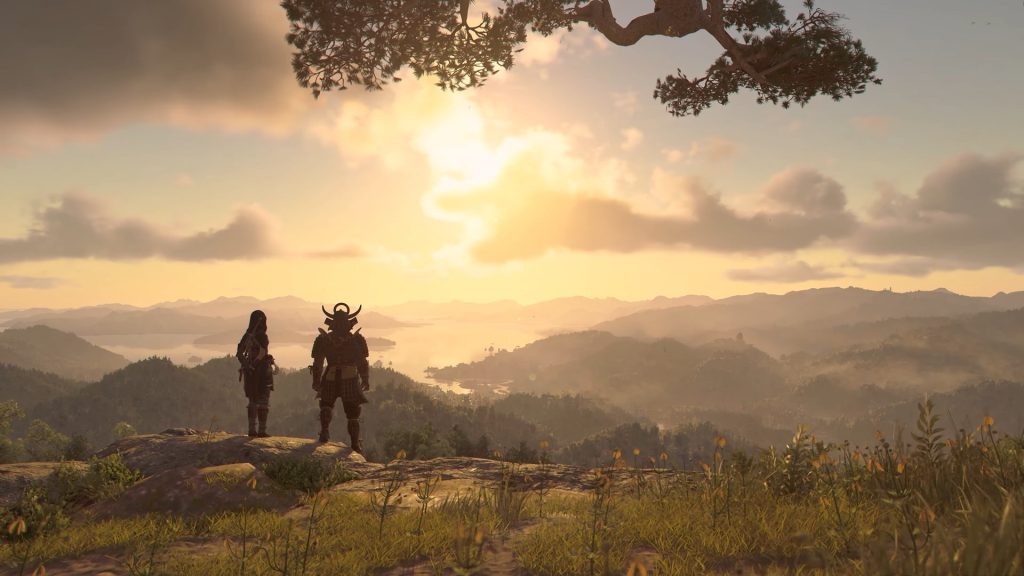
Ghost of Yotei, on the other hand, takes place a while after that time period, taking its players to the island of Ezo where the law of the land has no sway over many of its denizens, giving Sucker Punch the perfect stage for a tale of revenge. Once again, this game was a long time coming, and the choice of setting is certainly a win for the studio as it has allowed it to let Atsu loose in a world where her unique brand of justice provides the scope for a lot of introspective story beats and some incredible action.
But which game did it better? That question’s better answered by examining how each title has managed to fit the overall experience within the framework of the time period it is set in, balancing it against player’s expectations. It would be easy to give the win to Assassin’s Creed Shadows considering how effectively it has managed to utilize the period’s conflicts, architecture, and characters to craft an experience that was authentic and entertaining.
But Ghost of Yotei has done well to bring a very nuanced take on what life in Ezo would have been with the common folk under constant threat from those who seek power and control in a land that’s forgotten by the rest of its nation. Both games have excellent takes on ancient Japan that tell similar stories but approach them from equally viable angles. We’d call it a draw between the two titles as far as the Japanese setting is concerned.
Beautiful Open Worlds With A Lot To Do

The open world in Assassin’s Creed Shadows was an absolute stunner. It was detailed, dynamic, and deliciously enticing thanks to its weather system, the excellent Exploration Mode, and the Anvil Engine doing a fantastic job of making it feel alive. Exploring Japan was simply incredible, as was the way in which there was always something to do or discover at every turn.
On the visual front, it was evident very early on into Shadows that the decision to delay the game’s release was a good one. Ancient Japan was just gorgeous, with stunning vistas, dense jungles, winding roads, and quaint villages dotting a landscape that had us stopping to admire the scenery on many occasions. As the first truly current-gen experience in the Assassin’s Creed franchise, Shadows was an absolute beauty.
However, the open world in Shadows was mostly repetitive, with a limited set of activities that soon became tedious despite the manner in which they were presented to players. For instance, chasing down Knowledge Ranks by visiting various locations and architectures and tracking down lost codex pages soon became a chore. But it was one that we couldn’t ignore thanks to how the game’s combat required that players constantly pursue a higher Knowledge Rank.
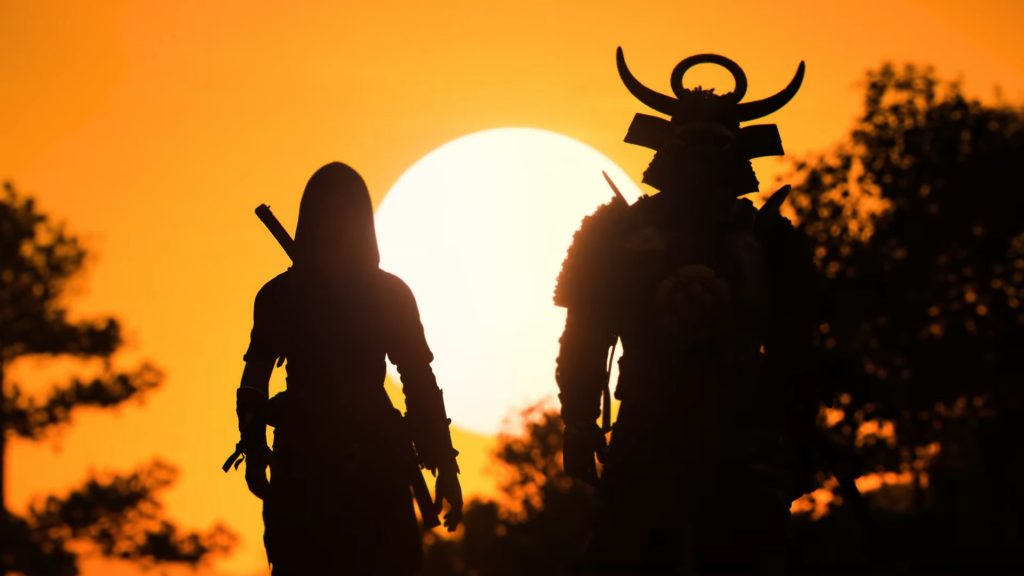
With that being said, infiltrating fortresses to collect new gear was a blast, and actually engaging with the limited selection of activities available was undeniably fun. But Ghost of Yotei is a different ball game altogether.
Ghost of Yotei’s visuals are as good as Shadows but the open world is a different story altogether. Sucker Punch does make better use of color palettes to bring a more vibrant take on the island of Ezo while the presence of filters paying tribute to legendary Japanese fillmakers is certainly a great touch, we’d say that the two games are quite evenly matched.
While its take on ancient Japan is as visually striking as Shadows, Yotei gives us an open world that’s constantly in conversation with its players in a way that blows its rival out of the water. It’s alive, but in a way that’s more meaningful to us, the player. The wind nudges us in the direction of objectives while birds, foxes, and other creatures often pop up to guide us towards points of interest.
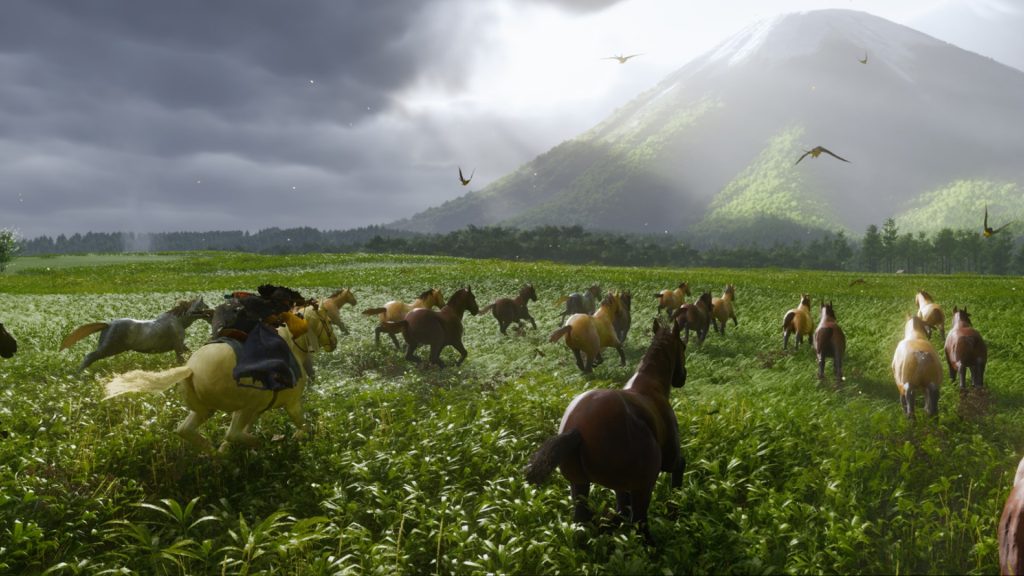
And that’s not even factoring in the way in which we were able to discover new locations by purchasing smaller maps from vendors and actively matching them to their actual locations on the game’s main map. It’s an idea that’s a lot more engaging and immersive than simply scaling Viewpoints and hitting the sync button to uncover the area around you. Yotei features a lot of creative flourishes that make its open world one that organically encourages exploration, and rewards it in ways that matter to the story as well as gameplay.
While it’s a close tie on the visual front, Ghost of Yotei takes the win as far as the quality of its open world is concerned. But what about the quality of quests in both games?
Engaging Mission Designs
The quests you get to take on are the bread and butter of any open world title. And in this regard, it’s quite a close competition between Shadows and Yotei but there’s a clear winner here. While Naoe and Yasuke did have a lot on their plate in Shadows, the quality of those activities and the manner in which they integrated with the game’s other aspects does need a closer look.
There are two factors at play in this regard. The first one is the way in which Shadow’s Exploration Mode brought a refreshing layer of discovery to the gameplay loop. Having to actually search for objectives once you get to the general area they were in was a fantastic touch, and is one that we’ve really liked ever since its introduction in Origins.
The second part of that equation was the Mission Boards. They were a great way to organize and track a sprawling number of objectives from quests that hit you at a frankly overwhelming pace as you explored the world in Shadows.
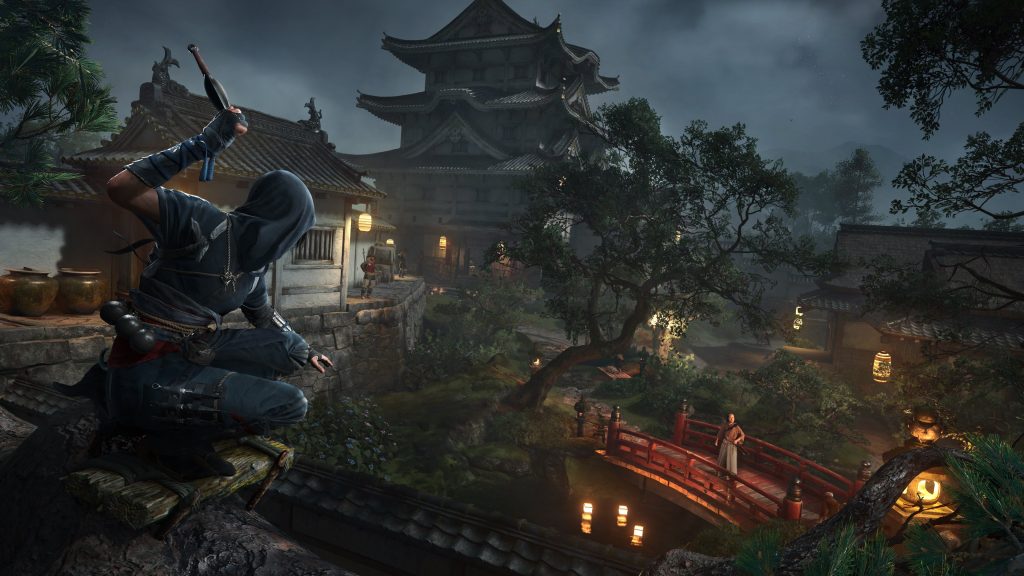
Putting these two facets of the gameplay loop together made for an experience that felt streamlined and engaging. But what of the objectives themselves? That’s where things begin to fall apart in our opinion. Most of the quests in Shadows involve tracking down targets presented to you via the corresponding Mission Board, and then assassinating them, or maybe engaging them in combat.
Additionally, they were gated behind your player level, forcing you to put an interesting quest on hold simply because you weren’t at the right level to take it on. That was quite annoying, especially in a very interesting questline that involved tracking down rumors of Yokai which had us quite invested in each target and their story. While the quest design in Shadows was undoubtedly good, the quality does come up short when you compare it with how Yotei handles its main and side content.
That’s because Atsu’s tale brings her into contact with both friend and foe in ways that are far more organic. The open world often sends her in the direction of new tales, or even has important NPCs come to her when she makes camp. And of course, while many of the quests she does take on involve violence and killing, there are quite a few of them that bring poignant touches to her character arc, and ones that even create the scope for somber reflections on her role in the world and the life that comes after her hunt for the Yotei Six ends.
All of these quests are tracked via a clue card system that’s so immersive, it makes Shadows’ Mission Board system feel simplistic in comparison. Managing objectives is just fun in Ghost of Yotei, and organically coming across new things to do in the game happens so often it was hard to stay on track as we thundered across the island of Ezo.
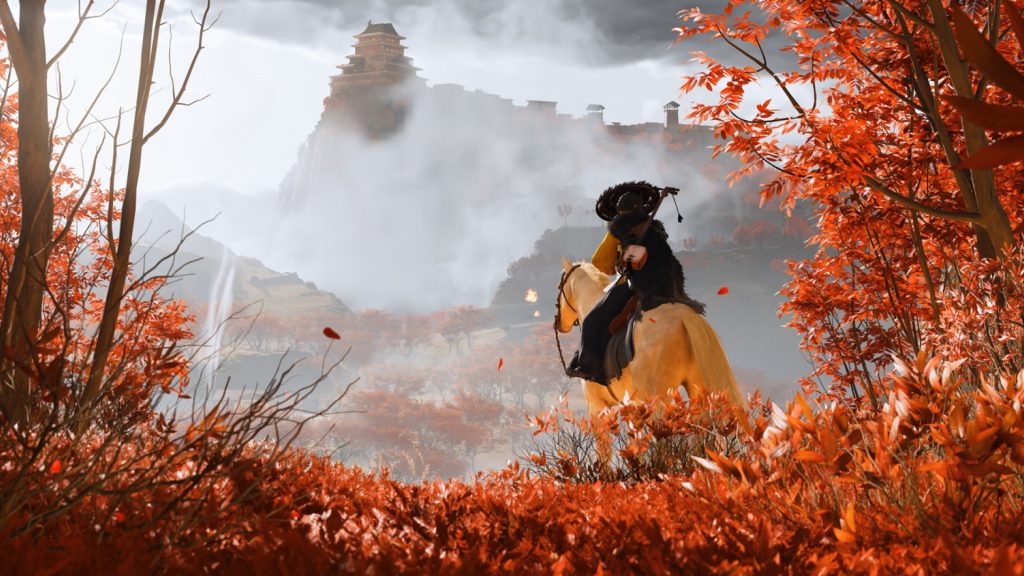
There’s also the fact that as a PS5 exclusive (at least for the foreseeable future), Ghost of Yotei made excellent use of the DualSense 5’s advanced haptics, motion sensing, and touchpad. It was really immersive when we had to emulate Atsu’s brushstrokes during her time painting the world around her, using the touchpad in a way that was a far cry from sneaking up on an animal and watching a cutscene play out in Shadows. Cooking food and forging were other activities that outclassed anything Shadows had to offer thanks to the efficient use of our controller, and are additional feathers in Yotei’s cap in terms of quest design and quality.
We’re going to hand the win to Ghost of Yotei on this one. Which brings us to a factor that’s a crucial part of both quests and the overall gameplay loop in both titles: their combat systems.
Fast, Fluid, and Fun Combat
A samurai, a shinobi, and a ronin walk in, but who comes out with their life? Both Shadows and Yotei bring myriad ways to bring a swift and grisly death to any who dare stand in the way of their protagonists. But how do we go about picking a clear winner? Fortunately, that’s quite easy.
Shadows took an innovative approach to stealth and combat, bringing us two protagonists who each specialized in one aspect with the option to seamlessly switch between the two. Although we’re still annoyed that Yasuke was unplayable for the majority of the game’s first act, it gave us a chance to get used to fighting as Naoe, who’s no pushover once her blade is drawn.
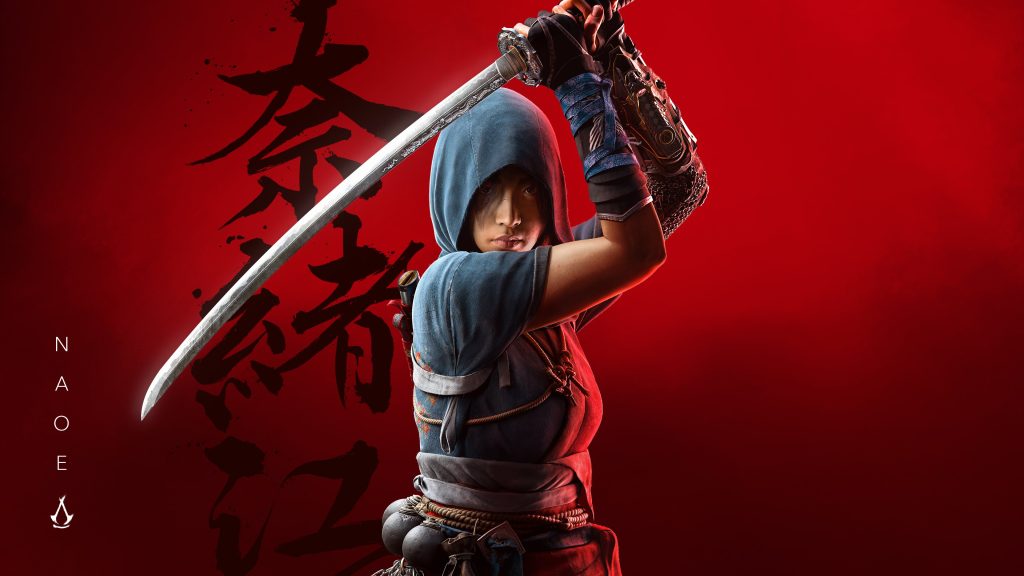
Combat in Shadows was the best version of the RPG-like systems that was previously brought to the table in Origins. Dodging enemies, parrying their attacks, and unleashing devastating abilities of our own as Naoe was a blast. The katana, tanto, and kusarigame were potent weapons, allowing her to tear through enemy ranks if she so chose.
Yasuke was a power trip like no other, his giant frame belying his incredible agility and deadly precision with his katana, or the raw power he wielded with a kanabo. His teppo was another great addition, and switching between his weapons to unleash brutal and deadly force on his enemies is a feeling we’re yet to discover again in any game. He brought a unique brand of chaos to the battlefield thanks to how he could easily dispatch even the most talented of opponents.
That approach might seem like Shadows takes the win as far as combat is concerned but it isn’t as easy as that. As a mercenary who trained her whole life to become a deadly killing machine, her proficiency with multiple weapons coupled with Sucker Punch’s unique mix and matching system in the heat of battle made Ghost of Yotei’s battles feel desperate, deadly, and decidedly satisfying when talking on large groups of enemies.
While other tools like smoke bombs and the like are shared between the two titles, the manner in which Yotei weaves in the need to use different weapons, fling dropped weapons at enemies, use your Ghost tools and special abilities, and generally be great at balancing multiple enemies at once gave it a level of challenge that was not only a step up from Tsushima, but easily outclasses Shadows’ already great combat.

It’s a definite win for Ghost of Yotei on the combat front. But that’s only one of the ways in which the two titles’ protagonists deal in death. When you decide to strike from the shadows (pun intended), does Atsu measure up to Naoe?
Shadows brought a very welcome overhaul of the franchise’s approach to stealth, letting Naoe use her environment to her advantage in ways that past titles simply could not match. With multiple ways to stay out of sight and a grappling hook that lets her take to the rooftops with ease, Naoe is the ultimate Assassin as far as hiding in plain sight is concerned.
On the other hand, Atsu’s stealth abilities do get a serious upgrade over Jin but it’s not by much. Yes, she could bring her enemies to her using her kusarigama just like Naoe but the stealth framework in Yotei is only an iterative upgrade over Ghost of Tsushima and as such, cannot beat Shadows on the stealth front.
As far as the enemy AI is concerned, things get a little murky. In the heat of battle, Yotei’s enemies are decidedly more intelligent than Shadows’ soldiers. They coordinate attacks quite well, coming at you with varying weapons that force you to make split-second decisions or desperately dodge out of the way to gain a little breathing space. They also flank quite effectively, forcing you to stay on your toes any time your blades are drawn.

Shadows’ enemies are far more forgiving, often hanging back when one of their buddies is trying to stick you with the pointy end of their weapons. But when the lights are off and they’re hunting you in stealth sections, things get quite interesting, especially on harder difficulties. They’re quite relentless and can even spot Naoe when she’s lying flat on a rooftop, hurling projectiles at her while calling for reinforcements.
Pitting the two games against each other in terms of enemy AI, we’d say that it’s a tie between them, with each title bringing a solid offering to areas that it emphasizes.
The Final Verdict
Despite both games bringing a lot of excellent mechanics, stunning visuals, great stories, and brilliant combat and stealth to the table, it’s Ghost of Yotei that edges ahead of Shadows. It brings so many creative flourishes to a very authentic take on Japan that allows it to be an open-world title like no other, and one that raises the bar for the genre as a whole.
While Shadows certainly puts up a good fight, Sucker Punch’s new flagship is now the one to beat in our eyes.
Note: The views expressed in this article are those of the author and do not necessarily represent the views of, and should not be attributed to, GamingBolt as an organization.

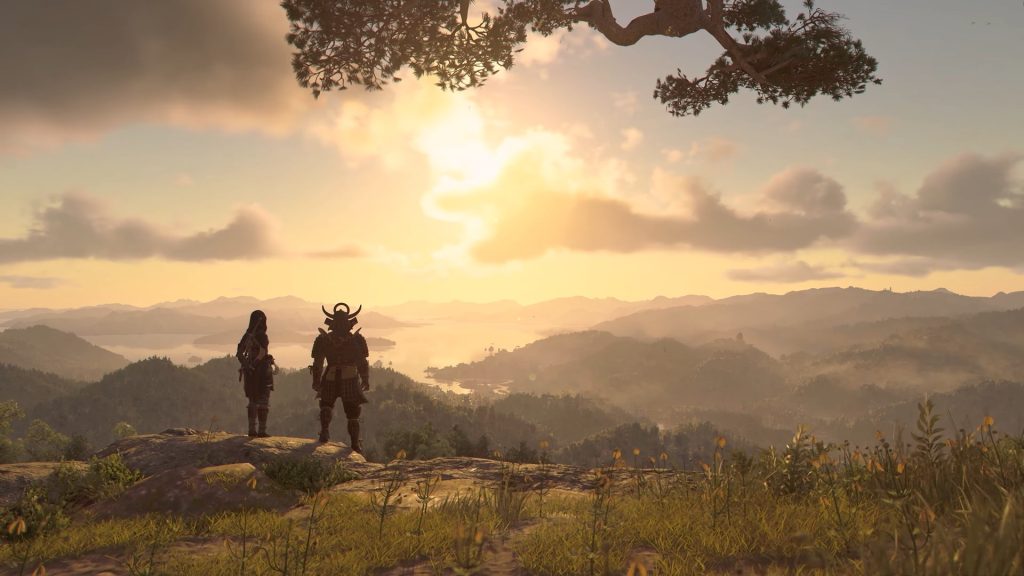


This is an interesting comparison! Both games have unique strengths and fan bases, so it’s great to see a discussion on how they stack up against each other. Looking forward to more insights on this topic!
I agree! It’s fascinating how each game approaches storytelling and gameplay mechanics in its own way. The open-world exploration in Ghost of Yotei really enhances the immersion, while Assassin’s Creed offers that rich historical context that fans love. It’s always fun to see how different styles resonate with players!
Absolutely! The unique art styles in both games also add to their distinct atmospheres, enhancing the overall experience. It’s interesting to see how visuals can influence player engagement alongside storytelling and mechanics.
I completely agree! The art styles really do play a crucial role in setting the mood. It’s interesting how Ghost of Yotei incorporates traditional Japanese elements, while Assassin’s Creed Shadows leans more into a darker, more urban aesthetic. Both choices really enhance the storytelling!
I totally see your point! The different environments and how they reflect each game’s narrative really enhance the overall experience. It’s fascinating how art can influence gameplay immersion in such unique ways.